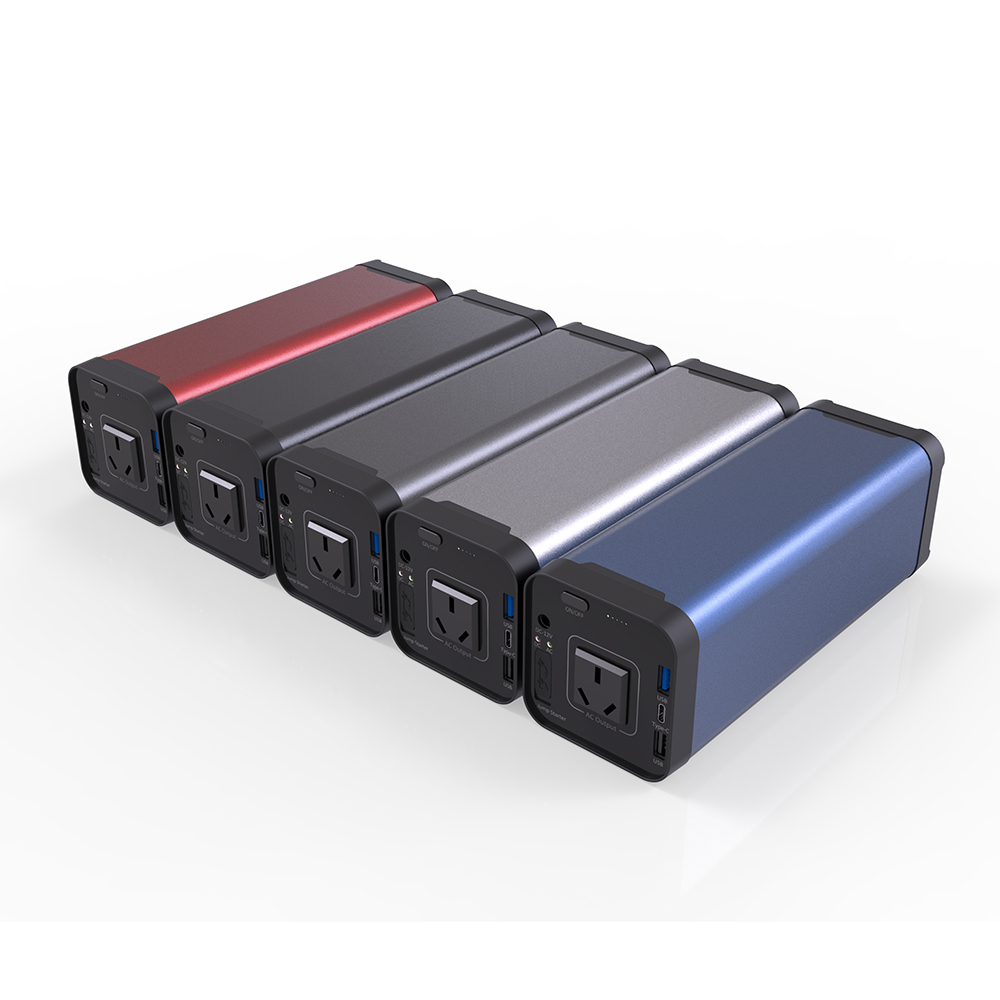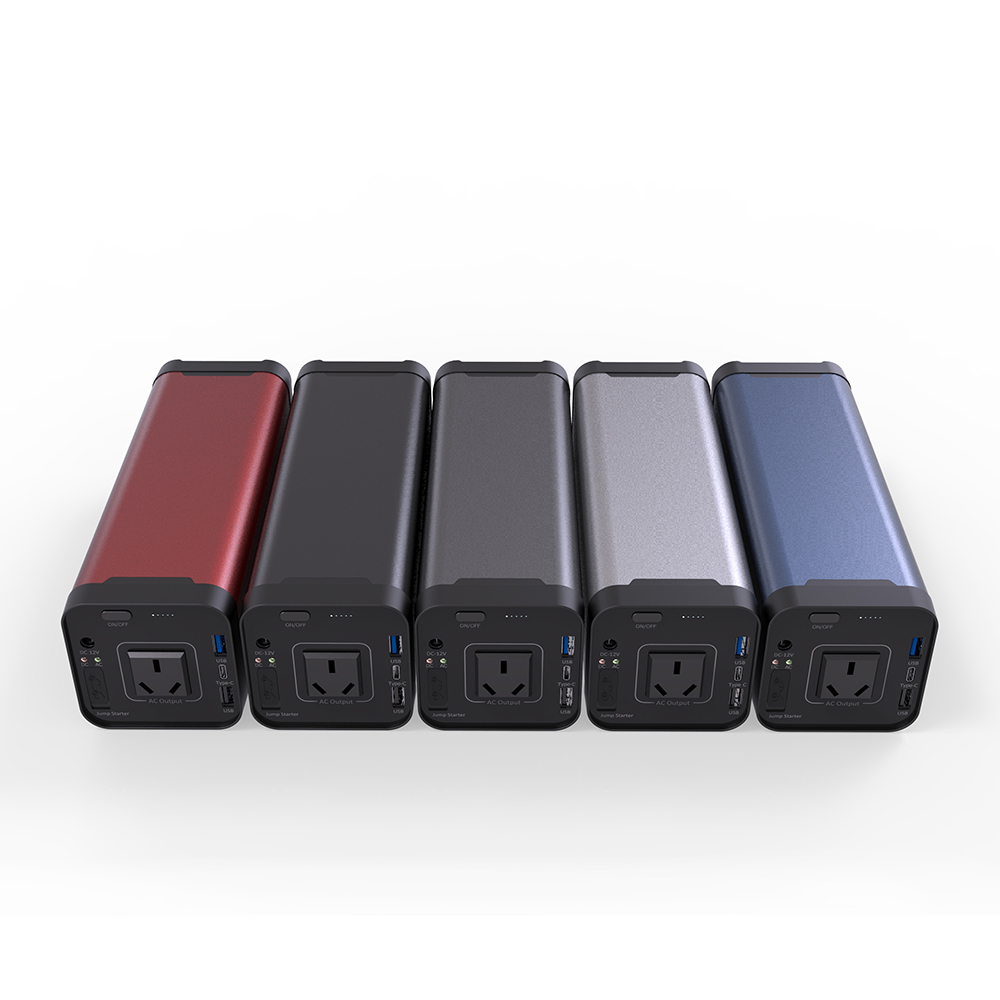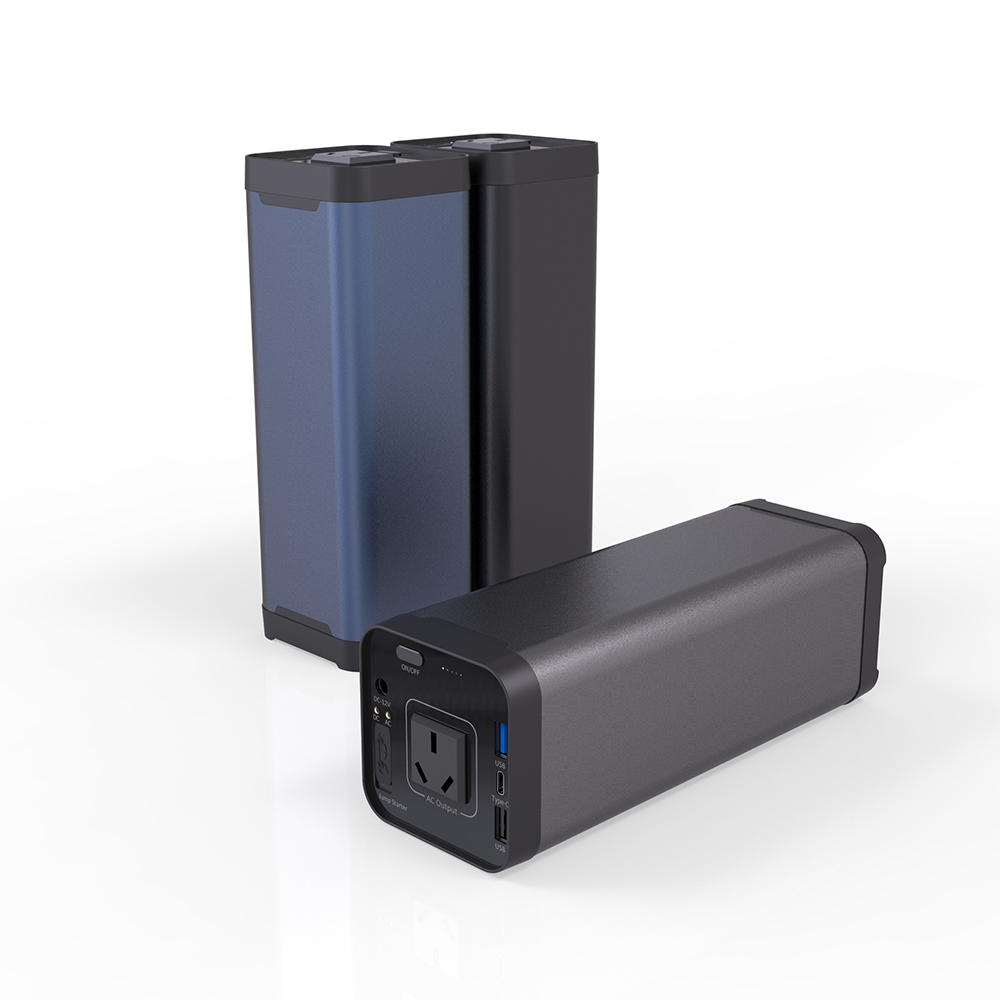- Place of Origin:
- CHINA
- Brand Name:
- SUNWIND
- Model Number:
- UPS91000200
- Phase:
- Single Phase
- Protection:
- Overvoltage
- Weight:
- 1.5kgs
- Output Voltage:
- AC240V/50HZ
- Type:
- Standby
- Application:
- Computer
- Motion:
- lithium battery
- Supply Ability:
- 1000000 Set/Sets per Week
- Packaging Details
- PAPER CARTON PACKAGE SUITABLE FOR THE AIR/SEA/AIR TRANSPORTATIONS.
- Port
- SHENZHEN
- Lead Time:
Quantity(Sets) 1 - 1000 >1000 Est. Time(days) 21 To be negotiated
Australia&New Zealan 200W UPS,14.8v 10Ah Lithium Battery UPS power supply






Product specification
Model | UPS91000200 |
Capacity | 14.8V 10Ah(148WH) |
AC output | Rated power 150W MAX200W |
DC input | DC 16.8V 2A adapter,solar power wind power DC12.6V~18V input |
Output voltage | 220V 50Hz / 110V 60Hz(alternative) |
Output current | DC 12V/ MIN 12A (MAX 3.5A) USB 5V/2.1A automatic identification TYPE-C 5-20V/3A |
Solar power | 18V/3A |
Output wave | Correction wave |
Overload | After overload, AC output will be cut off, indicator turn red,load cutoff,restart recovery |
Short circuit | After short circuuit, AC output will be cut off, load cut off, restart recovery |
Cycle life | more than 500 cycles |
weight | N.W. 1.5kg G.W. 2.0kg |
Size | L215*W170*T75mm |
Color | Aluminium alloy body+black shell(ABS/PC) color can be customized |
Charging time:AC220V charge about 4 hours
Working temperature:-20℃~60℃
Working hours(for your reference only)
laptop(30W):about 5 times
Lcd desktop computer(100W): about one hour and a half
Electric fan(50W): about 3 hours
Lcd tv(80W):about 2 hours
Camera(10W):about 15 hours
5. Basic function (electrical)test
Current voltage tester
Power tester
Oscilloscope
AC/DC input test
AC/DC output test
Manual test sensitivity of main switch
6. Confidence test
Continous working time: 12 hours
Average no-trouble time:continous working 12 hours, finish discharge, then recharg, repeat two more times.
Salt spray test: 8 hours
Drop test: stand alone 1m, whole carton 0.5 meter
6.1 High temperature high voltage and shock test
Testing method:
1. Put 3 pcs ups power supply into a room of temperature 60℃.
2. Plug in, turn on AC/DC output, testing 24 hours and observe the ups power supply whether have the phenomenon of damage or heating out of shape.
3. Function test: plug in then add load, in this situation go ahead shock test. Test setup: AC/DC input output, test 5 times. Test requirement: A. After high temperature and high voltage test, the ups power supply can not have the phenomenon of take off the lacquer in the surface,fade,cracking,material deformation and so on.
B.After shock test, the ups power supply can nhot happen the phenomenon of leakage and AC/DC abnormal input output
6.2 Low temperature low voltage and shock test
1. Put 3 pcs ups power supply into a room of temperature -15℃.
2.Plug in, turn on AC/DC output, testing 24 hours and observe the ups power supply whether have phenomenon of damage or heating out of shape.
3.Function test: plug in then add load, in this situation go ahead shock test. Test setup: AC/DC input output, test 5 times. Test requirement: A. After high temperature and high voltage test, the ups power supply can not have the phenomenon of take off the lacquer in the surface,fade,cracking,material deformation and so on.
B.After shock test, the ups power supply can nhot happen the phenomenon of leakage and AC/DC abnormal input output
6 .3 Normal temperature normal voltage and shock test
Testing method:
1. Put 3 pcs ups power supply into a room of temperature -15℃.
2.Plug in, turn on AC/DC output, testing 24 hours and observe the ups power supply whether have phenomenon of damage or heating out of shape.
3.Function test: plug in then add load, in this situation go ahead shock test. Test setup: AC/DC input output, test 5 times. Test requirement: A. After high temperature and high voltage test, the ups power supply can not have the phenomenon of take off the lacquer in the surface,fade,cracking,material deformation and so on.
B.After shock test, power supply, there should be no leakage, AC/DC input and output and other abnormal phenomena.
6.4 Temperature cycle test
Testing method:
1. Put 3 pcs of ups power supply into a test box, the temperature rate of change of test box can be adjustment.
2. Test AC/DC input and output according to rated power supply input voltage.
3.Test box temperature change range from - 10 ℃ to 60 ℃, temperature change rate is: more than 1 ℃ / min, but less than 5 ℃ / min.
4.The test box be keep at 0.5h at high temperature and 0.5h at low temperature for 8 cycles.
Test requirement: after the temperature cycle test of the power supply, there should be no leakage, AC/DC input and output and other abnormal phenomena.
6.5. Constant damp heat test
Testing method:
Place the 3 PCS in a constant temperature and humidity box, constant temperature and humidity box set to 95% relative humidity, temperature 45 ℃.
Switch on the power supply and light the lamp for 48H according to the rated input voltage of the power supply.
After the sample is taken out, wipe off the water droplets on the surface and put it under normal atmospheric pressure and normal temperature for 2H for inspection.
Test requirement: 1. Appearance without rust, crack or other mechanical damage.
the power supply should be no leakage, AC/DC input and output and other abnormal phenomena.
6.6 Vibration test
Testing method
1,Pack 3pcs power supply samples and place them on the vibration test table.
2,Set the vibration speed of the vibration tester as 300 RPM and the amplitude as 2.54 cm, and start the vibration tester.
3,Test the power supply for 30 minutes in the above three directions: upper and lower, left and right, front and rear respectively.
Test requirement: after the vibration test of the power supply, abnormal phenomena such as parts falling off, structure damage and AC/DC input and output cannot occur.
7. Environment requirement
7.1 Working temperature and humidity: -5 to 45℃, humidity less than 95%
7.2 Storage temperature and humidity: -10 to 60℃, humidity less than 70%
8. Standard of security
8.1 Safety standard: EMC Directive 2014/30/EC
J55015(H20) FCC Rules and regrulations part 15 subpart B class B
8.2 Various of compatibility: EMC Directive 2014/30/EC
J55015(H20) FCC Rules and regrulations part 15 subpart B class B
9.Test report and related certificate(SGS/MSDS)
FCC certificate
CE certificate
RoHS certificate
10. Inspection standard :
10.1 sampling standard GB-T 2828.1-2003 normal single Level Ⅱsampling,reception standard AQL: CR=0; MAJ=0.4; MIN=1.5.
10.2 Defect classification definition
Critical defect: It refers to the defects (such as CE, FCC, UL, CCC, RoHS and other safety regulations and environmental protection requirements) that endanger the safety of the user or carrier or do not meet the requirements of the laws and regulations of the country where the user is located or that the unit product loses its basic use function.
Major defect: A defect that does not constitute a fatal defect but is likely to cause failure or seriously affect the performance of the unit product and the appearance of the product.
Minor defect: A defect that does not cause a fatal or major defect, does not affect the functionality of the product, and has only a minor effect on its appearance.
11. Pictures of product inner package(included accessory and specification)






